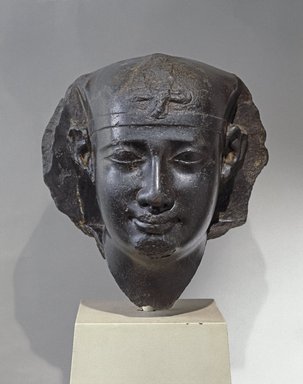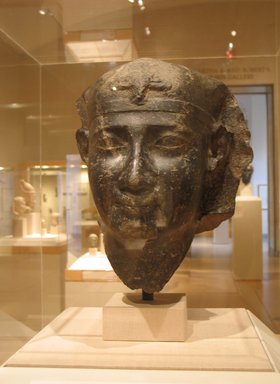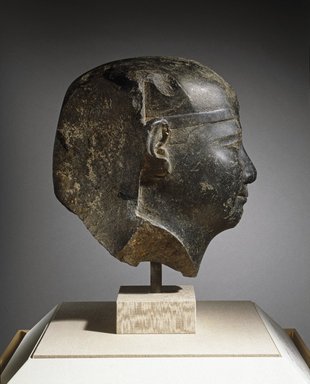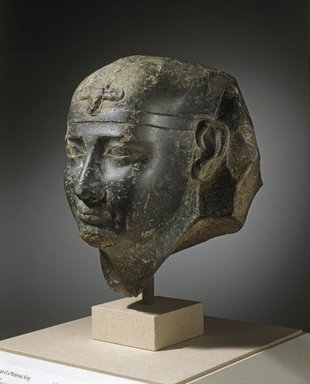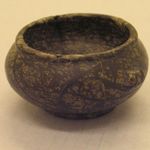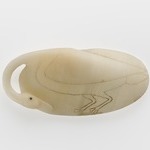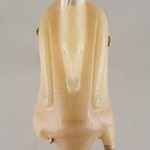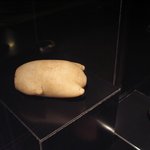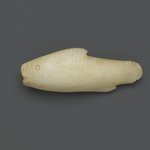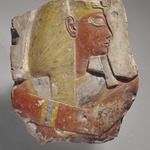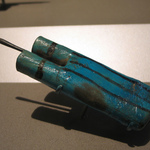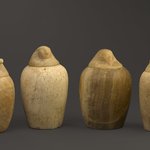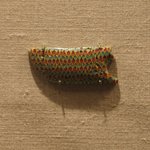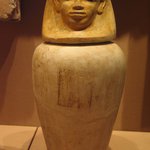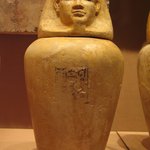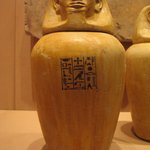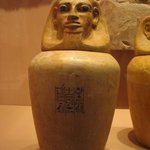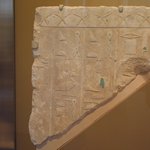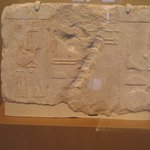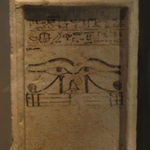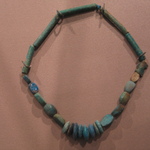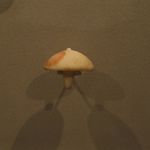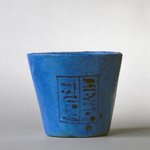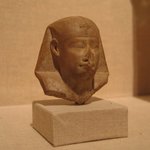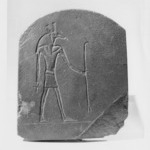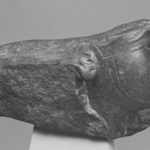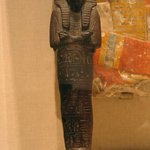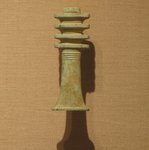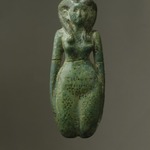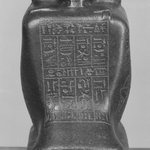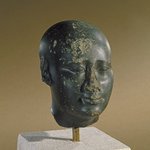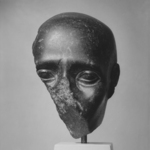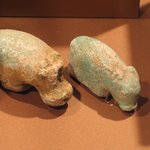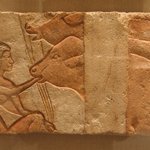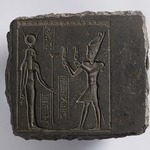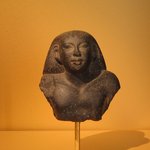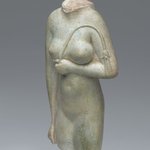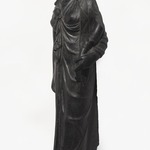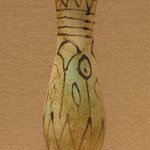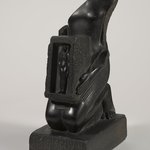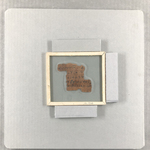Head of a Ptolemaic King
Egyptian, Classical, Ancient Near Eastern Art
On View: 19th Dynasty to Roman Period, Martha A. and Robert S. Rubin Gallery, 3rd Floor
Sculptors working for the Ptolemaic kings of Egypt occasionally showed their royal subjects in traditional style. This head depicts a Ptolemaic ruler wearing the ancient nemes-headcloth with a protective uraeus cobra. The king's ovoid face with full, fleshy cheeks suggests that the artisan may have been trying to reproduce the physical features of a specific ruler. However, in the absence of dated parallels for this head, we do not know whom it represents.
MEDIUM
Basalt
DATES
3rd century B.C.E. (probably)
PERIOD
Ptolemaic Period
DIMENSIONS
16 x 16 1/2 x 16 in. (40.6 x 41.9 x 40.6 cm)
(show scale)
ACCESSION NUMBER
53.75
CREDIT LINE
Charles Edwin Wilbour Fund
CATALOGUE DESCRIPTION
Black granodiorite head of a king wearing nemes headdresss without pleats. Uraeus in high relief with body extending on to crown of head. Full face, conventionalized features, eyebrows not indicated, puckered mouth deeply recessed at each end.
Condition: Headdress extremely broken, especially on rear; one portion reattached. Chin broken. Surface of face abraded in scattered areas. Preserved to base of neck.
CAPTION
Head of a Ptolemaic King, 3rd century B.C.E. (probably). Basalt, 16 x 16 1/2 x 16 in. (40.6 x 41.9 x 40.6 cm). Brooklyn Museum, Charles Edwin Wilbour Fund, 53.75. Creative Commons-BY (Photo: Brooklyn Museum, 53.75_front_SL1.jpg)
IMAGE
front, 53.75_front_SL1.jpg. Brooklyn Museum photograph
"CUR" at the beginning of an image file name means that the image was created by a curatorial staff member. These study images may be digital point-and-shoot photographs, when we don\'t yet have high-quality studio photography, or they may be scans of older negatives, slides, or photographic prints, providing historical documentation of the object.
RIGHTS STATEMENT
Creative Commons-BY
You may download and use Brooklyn Museum images of this three-dimensional work in accordance with a
Creative Commons license. Fair use, as understood under the United States Copyright Act, may also apply.
Please include caption information from this page and credit the Brooklyn Museum. If you need a high resolution file, please fill out our online
application form (charges apply).
For further information about copyright, we recommend resources at the
United States Library of Congress,
Cornell University,
Copyright and Cultural Institutions: Guidelines for U.S. Libraries, Archives, and Museums, and
Copyright Watch.
For more information about the Museum's rights project, including how rights types are assigned, please see our
blog posts on copyright.
If you have any information regarding this work and rights to it, please contact
copyright@brooklynmuseum.org.
RECORD COMPLETENESS
Not every record you will find here is complete. More information is available for some works than for others, and some entries have been updated more recently. Records are frequently reviewed and revised, and
we welcome any additional information you might have.
Who is this?

Since there is no inscription we can’t be sure, but the headdress and style of his face tell us that he was a king during the Ptolemaic Dynasty. The Ptolemaic Dynasty was founded by a man named Ptolemy who had been one of Alexander the Great’s highest ranking generals. The following 15 kings were all named Ptolemy; the dynasty ended the famous Cleopatra VII.
Egyptian Art during the Ptolemaic Dynasty continued to used many familiar symbols like this nemes headdress and uraeus cobra, but shows a clear stylistic influence from Greek art.
